Home>Articles>What Type Of Electric Motor Is Used For Go-Kart
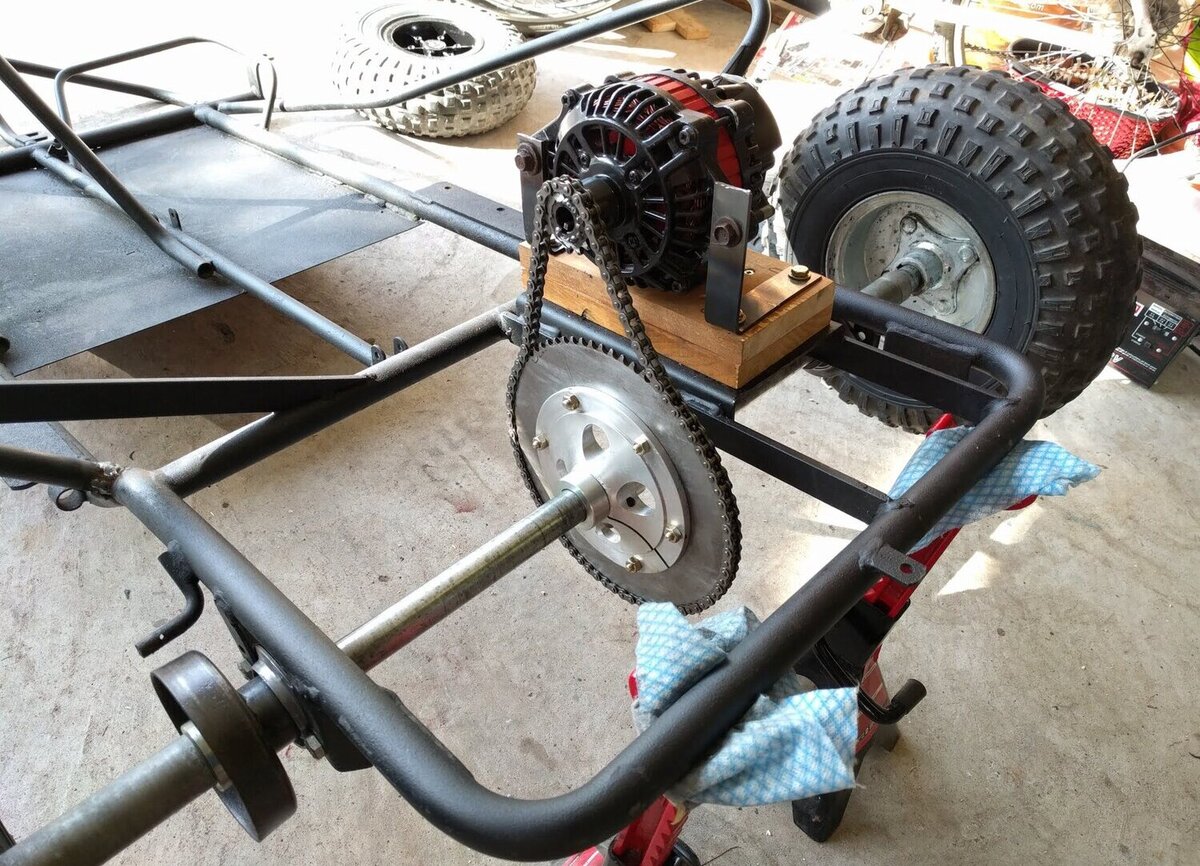

Articles
What Type Of Electric Motor Is Used For Go-Kart
Modified: December 7, 2023
Discover the best electric motor for your go kart with our informative articles. Learn about different options and find the perfect fit for your racing needs.
(Many of the links in this article redirect to a specific reviewed product. Your purchase of these products through affiliate links helps to generate commission for Storables.com, at no extra cost. Learn more)
Introduction
Welcome to the world of go karts! If you’ve recently developed a passion for go karting or you’re looking to upgrade your existing ride, one crucial component you need to consider is the electric motor. The electric motor is the heart and soul of your go kart, providing the power and performance necessary for an exhilarating ride.
In this article, we will explore the different types of electric motors available for go karts and discuss the factors you should consider when choosing the right motor for your needs. Whether you’re a novice or a seasoned go kart enthusiast, understanding the different types of motors and their features will help you make an informed decision for an optimal go kart experience.
So, let’s dive in and take a closer look at the various electric motors for go karts!
Key Takeaways:
- Choose the Right Motor for Your Go Kart
Consider factors like power output, torque, efficiency, size and weight, and cost when selecting an electric motor. Balance affordability with performance to enhance your go karting experience. - Embrace the Thrill of Racing with the Perfect Electric Motor
Whether you’re a beginner or a seasoned go kart enthusiast, the right electric motor can provide the power, performance, and excitement you need for an exhilarating go karting adventure.
Read also: 9 Amazing Go Kart Electric Motor for 2024
Types of Electric Motors for Go Karts
When it comes to electric motors for go karts, there are several options to choose from, each with its own set of advantages and limitations. The three main types of electric motors commonly used in go karts are brushed motors, brushless motors, and AC/DC motors.
Brushed Motors
Brushed motors are the most traditional and widely used type of electric motor for go karts. They consist of a rotating armature (commonly called the rotor) and a stationary set of magnets (referred to as the stator). The brushes, made of carbon or graphite, supply power to the rotating armature through contact with a commutator.
Brushed motors are known for their simplicity and affordability. They offer good low-end torque and are suitable for beginners and recreational go karting. However, they do require regular maintenance due to the wear and tear of the brushes and commutator. Brushed motors also tend to generate more heat and have lower overall efficiency compared to other types.
Brushless Motors
Brushless motors have become increasingly popular in recent years due to their improved performance and durability. Unlike brushed motors, brushless motors do not rely on brushes and commutators. Instead, they use electronic controllers to deliver power to the motor windings based on feedback from sensors.
Brushless motors offer several advantages over brushed motors. They are more efficient, providing higher top speeds and longer run times. They also require less maintenance, as there are no brushes to replace. Since brushless motors are electronically controlled, they allow for smoother acceleration and precise speed control. However, brushless motors are generally more expensive compared to brushed motors.
AC Motors and DC Motors
AC (alternating current) motors and DC (direct current) motors are two broad categories of electric motors. AC motors operate on alternating current, while DC motors run on direct current.
AC motors are typically more complex and costly compared to DC motors. They are commonly found in high-performance go karts and are known for their ability to deliver high torque at low speeds. AC motors also offer regenerative braking, which is a feature that allows the motor to act as a generator and recharge the battery while slowing down the go kart.
On the other hand, DC motors are widely used in entry-level go karts and recreational applications. They are simpler in design and more affordable. DC motors provide good acceleration and are suitable for smaller or lightweight go karts. However, they may be limited in terms of top speed and overall power output when compared to AC motors.
Now that we’ve covered the main types of electric motors for go karts, let’s move on to the factors you should consider when selecting the right motor for your go kart.
Read more: What Type Of Electric Motor Is Used In Cars
Brushed Motors
Brushed motors are a popular choice for go karts, especially for beginners or those looking for a more affordable option. These motors have a relatively simple design, consisting of a rotating armature (rotor) and a stationary set of magnets (stator).
One of the key features of brushed motors is the presence of brushes and a commutator. The brushes, typically made of carbon or graphite, provide the electrical connection to the armature. The commutator, which is a series of metal contacts, directs the flow of electricity to different coils within the motor as it rotates.
Brushed motors have a few distinct advantages. Firstly, they are cost-effective, making them a popular choice for recreational go karts and hobbyists on a budget. They are also relatively easy to work with and maintain. However, it is important to note that brushed motors require regular maintenance and occasional replacement of the brushes and commutator due to wear and tear.
In terms of performance, brushed motors tend to provide good low-end torque, making them ideal for off-the-line acceleration. This can be beneficial, especially in go karting where quick starts and tight turns are common. However, brushed motors may have limitations in terms of top speed and overall efficiency compared to other types of motors.
Brushed motors also generate more heat during operation compared to brushless motors. This can be a concern, especially in high-performance applications or longer race sessions. It is important to ensure proper cooling and ventilation to prevent overheating and potential motor damage.
Despite their limitations, brushed motors have stood the test of time and continue to be a popular choice for go karts. Their affordability, simplicity, and adequate performance make them a great starting point for beginners or those looking to enjoy recreational go karting. If you’re considering a brushed motor for your go kart, be sure to choose one that matches the power and torque requirements of your specific application.
Now that we’ve explored brushed motors, let’s move on to discuss another type of electric motor for go karts: brushless motors.
Brushless Motors
Brushless motors have gained popularity in the world of go karts due to their superior performance and durability compared to brushed motors. These motors operate using a different mechanism that eliminates the need for brushes and commutators, resulting in several advantages.
Brushless motors consist of a rotating outer shell (the rotor) and a series of stationary coils (the stator). Instead of brushes, electronic controllers are used to deliver power to the motor windings based on feedback from sensors. This allows for precise control over the speed and performance of the motor.
One of the significant advantages of brushless motors is their increased efficiency. Compared to brushed motors, brushless motors generate less heat and have lower power loss, resulting in longer run times and improved overall performance. They also have a higher top speed potential, making them a preferred choice for go karts built for speed.
In addition to their efficiency, brushless motors offer smoother and more precise acceleration. The electronic speed controllers provide seamless power delivery, resulting in a smoother ride quality. This can be particularly advantageous in racing scenarios, where precise control over acceleration is crucial to gain an edge over the competition.
Another notable advantage of brushless motors is their reduced maintenance requirements. Since there are no brushes or commutators to wear out, the need for regular maintenance is significantly reduced. This not only saves time but also reduces the long-term costs associated with motor upkeep.
However, it is important to note that brushless motors are generally more expensive than their brushed counterparts. The advanced technology and additional electronic components contribute to the higher price tag. Despite the increased cost, brushless motors are widely considered a worthwhile investment for go kart enthusiasts seeking improved performance and longevity.
It is worth mentioning that brushless motors are available in different configurations, including in-runner and out-runner types. In-runner motors are typically used in smaller go karts and provide higher RPM (revolutions per minute), while out-runner motors are commonly found in larger go karts and offer higher torque.
Overall, brushless motors are a popular choice for go karts due to their efficiency, durability, and superior performance compared to brushed motors. If you’re looking to take your go karting experience to the next level, a brushless motor may be worth considering.
Next, we will explore another category of electric motors for go karts: AC and DC motors.
AC Motors
AC (alternating current) motors are a type of electric motor commonly used in high-performance go karts. Unlike DC motors, which operate on direct current, AC motors rely on alternating current to generate power and provide propulsion.
AC motors have complex designs that allow them to deliver high torque at low speeds, making them ideal for applications that require quick acceleration or heavy loads. These motors are commonly found in professional racing go karts or larger go kart models that demand high performance.
One of the key advantages of AC motors is their ability to provide regenerative braking. Regenerative braking is a feature that allows the motor to act as a generator and recharge the battery while slowing down the go kart. This feature not only helps to extend the battery life but also improves overall efficiency.
Furthermore, AC motors offer excellent overall power output and performance, making them well-suited for racing enthusiasts. They can deliver high levels of torque, allowing the go kart to reach high speeds quickly and maintain smooth acceleration throughout the race.
However, it’s important to note that AC motors are typically more expensive and have more complex control systems compared to DC motors. The additional cost is attributed to the sophisticated design and advanced technology required to operate the motor on alternating current.
Moreover, AC motors usually require an additional component called an inverter to convert the direct current from the battery into alternating current to power the motor. This adds complexity to the overall system and increases the overall cost.
In terms of maintenance, AC motors generally require less maintenance compared to brushed or brushless DC motors. They have fewer moving parts, reducing the chances of wear and tear. However, it is still important to perform regular checks and maintenance to ensure optimal performance.
If you’re a serious go kart racer or require a high-performance motor for your go kart, an AC motor may be a suitable choice. Their ability to deliver high torque, regenerative braking, and overall superior performance make them a favorite among professional racers and enthusiasts.
With AC motors covered, let’s now turn our attention to DC motors, another popular type of electric motor used in go karts.
DC Motors
DC (direct current) motors are a commonly used type of electric motor in go karts. These motors operate on a direct current power source, making them a straightforward and reliable choice for go kart enthusiasts.
DC motors have a simpler design compared to AC motors, consisting of a stationary set of magnets (the stator) and a rotating armature (the rotor). The flow of current through the armature creates a magnetic field that interacts with the magnetic field of the stator, generating the rotational motion needed to propel the go kart.
One of the advantages of DC motors is their cost-effectiveness. They are generally more affordable compared to AC motors, making them a popular choice for entry-level go karts and recreational applications.
DC motors also offer good acceleration, making them suitable for smaller or lightweight go karts. They provide sufficient power output to get the go kart moving and can keep up with the demands of everyday recreational use.
However, it’s important to note that DC motors may have limitations in terms of top speed and overall power output compared to AC motors. They may not provide the same level of high-end performance required for professional racing or larger go kart models.
DC motors are relatively simple to operate and maintain. They have few moving parts, reducing the chances of mechanical failure. However, regular maintenance, such as cleaning and lubricating, should still be performed to ensure optimal performance and longevity.
One of the key considerations with DC motors is the selection of the appropriate voltage and power rating. The voltage requirement of the motor should match the battery voltage used in the go kart. It is essential to choose a motor with the correct power rating to ensure it can handle the demands of the go kart’s weight and terrain.
In summary, DC motors are a reliable and cost-effective choice for go karts, particularly for recreational or entry-level applications. They offer good acceleration and are relatively easy to operate and maintain. If you’re looking for simplicity and affordability in your go kart motor, a DC motor may be the right choice for you.
Now that we’ve covered the different types of electric motors for go karts, let’s move on to discussing the factors you should consider when choosing the right motor for your go kart.
Read more: What Type Of Motor Is Used In A Hair Dryer
Factors to Consider When Choosing an Electric Motor for Go Karts
When it comes to choosing an electric motor for your go kart, several factors should be taken into consideration to ensure optimal performance and a satisfying driving experience. Let’s explore these factors in detail.
Power Output
The power output of the electric motor is a crucial factor to consider. It determines the speed and acceleration capabilities of your go kart. The power output is measured in watts or horsepower. Consider the weight of your go kart and the intended use (recreational or racing) to determine how much power you need. A more powerful motor will provide faster acceleration and higher top speeds, while a less powerful motor may be sufficient for casual rides.
Torque
Torque is the measure of rotational force that the motor can generate. It determines the go kart’s ability to climb hills or accelerate from a standstill. Higher torque values are preferable for off-road or hilly terrains, while lower torque values may be suitable for flat tracks or smooth surfaces. Consider the terrain you will be driving on to determine the torque requirements for your go kart.
Efficiency
The efficiency of the electric motor is an important consideration as it determines the battery life and overall energy consumption. Look for motors that are known for their high efficiency to ensure longer run times and better overall performance. Efficient motors also generate less heat, reducing the risk of overheating during extended use.
Size and Weight
Consider the physical dimensions and weight of the motor as it should fit within the available space in your go kart’s chassis. Additionally, the weight of the motor can affect the overall handling and balance of the go kart. Choose a motor that is appropriately sized and weighted to ensure proper installation and optimal performance.
Cost
The cost of the electric motor is an important factor to consider, especially if you’re working within a specific budget. Different types and models of motors vary in price, so consider your needs, performance requirements, and budget when selecting a motor. It’s important to strike a balance between affordability and the desired level of performance.
Other factors to consider include the availability of spare parts and technical support, the reputation and reliability of the motor brand, and any specific requirements or recommendations from the go kart manufacturer.
By taking these factors into account, you can make an informed decision and choose the right electric motor that meets your go karting needs and preferences.
Now that we have discussed the factors to consider, let’s wrap up our article.
Power Output
The power output of an electric motor is a critical factor to consider when choosing a motor for your go kart. It determines the speed and acceleration capabilities of the vehicle and plays a significant role in the overall performance of your go karting experience.
The power output is typically measured in watts or horsepower (hp). A higher power output means the motor can deliver more energy to the wheels and propel the go kart at faster speeds. The power output required for your go kart depends on several factors, including the weight of the vehicle, the terrain it will be driven on, and your desired level of performance.
If you’re building a go kart for recreational use or for younger riders, a motor with a lower power output may be sufficient. These motors generally range from 500 watts (0.67 hp) to 3,000 watts (around 4 hp). They offer adequate performance for leisurely rides and casual go karting activities.
On the other hand, if you’re into competitive go kart racing or looking for an exhilarating performance, you’ll want to consider a motor with a higher power output. Racing go karts often utilize motors with power outputs ranging from 6,000 watts (around 8 hp) to 15,000 watts (around 20 hp) or more. These motors provide the necessary acceleration and top speed required for intense racing scenarios.
It’s important to note that higher power outputs require more robust electrical systems and batteries to handle the increased energy demands. Ensure that your go kart is equipped with the appropriate components to support the chosen motor’s power output.
In addition to selecting the right power output for your go kart, it’s crucial to consider the available space for motor installation and any weight restrictions. Some go kart frames may have limitations on the size and weight of the motor. Be sure to choose a motor that fits within the allocated space and doesn’t exceed the weight limitations to maintain optimal balance and handling.
Beyond the motor’s power output, it’s also essential to consider other factors that contribute to the overall performance and driving experience. These include torque, efficiency, and the quality and reliability of the motor. A motor with a higher power output but low torque may struggle when dealing with inclines or rough terrains. Efficiency is crucial to maximize the battery life and reduce heat generation, while reliability ensures consistent performance and minimal maintenance needs.
By carefully assessing the power output requirements and considering the accompanying factors, you can select the ideal electric motor that delivers the desired level of performance and excitement for your go karting adventures.
Now that we have discussed power output, let’s move on to exploring the importance of torque in an electric motor for go karts.
Torque
When it comes to electric motors for go karts, torque is a crucial factor to consider. Torque is the measure of the rotational force that the motor can generate. It plays a significant role in determining the go kart’s ability to accelerate, climb hills, and handle different terrains.
In simple terms, torque is the twisting force that allows the go kart to start moving or maintain a steady speed. A higher torque value means the motor can exert more force on the wheels, resulting in better acceleration and stronger pulling power. Conversely, a lower torque motor may struggle to accelerate quickly or handle challenging terrains.
When selecting an electric motor for your go kart, it’s important to assess the torque requirements based on your specific needs and driving conditions. Consider factors such as the weight of the go kart and any additional payload, the type of terrain you’ll be driving on, and the intended use of the vehicle.
If you’re building a go kart for recreational use on flat surfaces or smooth tracks, a motor with lower torque may be sufficient. These motors provide adequate power for casual rides and basic maneuverability.
However, if you plan to take your go kart off-road or tackle hilly terrains, you’ll need a motor with higher torque. This will ensure that your go kart can navigate inclines and maintain speed even in challenging conditions. Higher torque motors are also beneficial for go kart racing, where quick acceleration and responsiveness are crucial.
It’s important to strike the right balance when choosing the torque of the motor. While higher torque motors provide more power, they can also add weight and impact overall efficiency. Therefore, it’s essential to consider the weight limitations of your go kart and select a motor that can deliver sufficient torque without sacrificing other performance factors.
In addition to considering the torque of the motor, it’s worth paying attention to the gear ratio of the go kart. The gear ratio determines how the rotational force from the motor is translated to the wheels. By optimizing the gear ratio to match the torque characteristics of the motor, you can further enhance the go kart’s performance and acceleration.
Ultimately, the torque of the electric motor is crucial for the overall performance and driving experience of your go kart. By choosing a motor with the appropriate torque for your needs, you can ensure that your go kart will have the power and capability to handle various terrains and provide an exhilarating ride.
Now that we have discussed torque, let’s move on to exploring the importance of efficiency in an electric motor for go karts.
Efficiency
Efficiency is a critical factor to consider when choosing an electric motor for your go kart. It refers to how effectively the motor converts electrical power into mechanical output without wasting energy in the form of heat or other losses. Optimal efficiency not only improves the overall performance of the go kart but also enhances the battery life and reduces operating costs.
A high-efficiency motor is designed to minimize energy losses, resulting in better overall performance and longer run times. It can contribute to faster acceleration, higher top speeds, and smoother operation, allowing you to get the most out of your go karting experience.
Efficiency is often measured by the motor’s efficiency rating, which indicates the percentage of electrical input power that is converted into mechanical output power. Motors with higher efficiency ratings tend to waste less energy and generate less heat, leading to improved performance and reduced operating temperatures.
Improved efficiency also means that the battery powering your go kart will last longer during each charge. With less energy wasted, you can enjoy longer ride times and prolong the life of your battery before needing to recharge. This can be particularly advantageous during longer go kart sessions or races where endurance and consistent performance are crucial.
When selecting an electric motor, consider models that are known for their high efficiency. Manufacturers often provide efficiency data or ratings for their motors, which can help you make an informed decision. Additionally, do some research, read reviews, and seek recommendations from experienced go kart enthusiasts to identify motors that are known for their energy efficiency.
It’s also important to note that efficiency is influenced by factors such as motor design, materials used, and the overall system configuration. In some instances, brushless motors tend to have higher efficiency compared to brushed motors due to their more advanced design and lack of physical contact between components.
Efficiency is not only beneficial for the performance and battery life of the go kart but also for the longevity and reliability of the motor itself. Motors that generate excessive heat due to lower efficiency can experience premature failure and require more frequent maintenance.
By prioritizing efficiency when selecting an electric motor for your go kart, you can enjoy improved performance, longer run times, reduced operating costs, and a more reliable and durable motor.
Now that we have discussed efficiency, let’s move on to exploring the significance of the size and weight of an electric motor in go kart applications.
Size and Weight
The size and weight of an electric motor are important considerations when choosing the right motor for your go kart. The physical dimensions and mass of the motor have an impact on the overall performance, handling, and balance of your go kart.
The size of the motor is crucial to ensure that it fits within the available space in your go kart’s chassis. Consider the dimensions of the motor and compare them to the allocated mounting area to ensure a proper fit. It’s important to have enough clearance for ventilation and cooling, as motors generate heat during operation.
The weight of the motor is another factor to consider, as it affects the overall weight distribution and handling of the go kart. If the motor is too heavy, it can lead to an imbalanced and unstable go kart, affecting maneuverability and performance. Make sure to stay within the weight limits specified by the go kart manufacturer or design guidelines.
It’s important to strike a balance between the size and weight of the motor. While a larger and heavier motor may offer higher power output, it can also increase the overall weight of the go kart, potentially impacting acceleration and maneuverability. On the other hand, a smaller and lighter motor may have limitations in terms of power and torque.
Consider the intended use and the specific requirements of your go kart when selecting the size and weight of the motor. If you’re building a go kart for racing, a higher power motor may justify a slightly larger size and weight to deliver the desired performance. However, for recreational or casual use, a more compact and lightweight motor may be preferable to maintain agility and maneuverability.
Additionally, it’s important to consider the weight of other components in the go kart, such as the chassis, batteries, and driver. Taking into account the combined weight of these elements will help ensure that the overall weight distribution is optimized and that the go kart performs at its best.
Lastly, be mindful of the structural integrity and support for the motor. A secure and properly mounted motor is essential for safety and performance. Follow the manufacturer’s recommendations and ensure that the motor is securely fastened to prevent any movement or vibration during operation.
By carefully considering the size and weight of the motor, you can maintain proper balance, handling, and performance in your go kart. Remember to strike a balance between power, weight, and maneuverability to optimize the overall driving experience.
Now that we have discussed the importance of size and weight, let’s move on to considering the cost factor when choosing an electric motor for your go kart.
When choosing an electric motor for a go-kart, consider the weight of the kart, desired speed, and terrain. Look for a motor with high torque for quick acceleration and a good balance of power and efficiency.
Cost
Cost is an important factor to consider when choosing an electric motor for your go kart. The price of the motor can vary depending on factors such as brand, type, power output, and additional features. It’s important to strike a balance between your budget and the desired performance and quality.
When setting a budget for your motor, consider the level of performance you’re aiming for and the intended use of your go kart. If you’re building a recreational go kart for casual use, you may not need to invest in a high-end, expensive motor. A more affordable option with a lower power output might suffice, providing adequate performance for your needs.
On the other hand, if you’re a serious go kart racer or seeking top-level performance, you may be willing to invest more in a motor with higher power output and advanced features. In this case, it’s important to consider the long-term benefits and potential competitive advantage that a higher-priced motor can offer.
In addition to the initial cost of the motor, it’s worth considering the long-term costs associated with maintenance, repairs, and replacements. Some motors may require more frequent maintenance or have a shorter lifespan, which can result in higher overall costs over time. It’s advisable to choose a motor from a reputable brand known for its reliability and durability, even if it means a slightly higher upfront cost.
Remember that the cost of the motor should not be the sole determining factor. It’s important to consider the overall value for money and the impact that the motor will have on the performance and enjoyment of your go karting experience. Seek a balance between affordability and the performance features that are most important to you.
Research and comparison-shopping are key to finding the best motor within your budget. Look for different options, read reviews, and seek recommendations from experienced go kart enthusiasts or professionals. Evaluate the features, specifications, and customer feedback to make an informed decision.
Lastly, consider the availability of spare parts and technical support. This can impact the long-term costs and feasibility of repairing or maintaining the motor. Ensure that the motor you choose has readily available spare parts or a reliable support network to minimize downtime and keep your go kart running smoothly.
By considering the cost alongside the desired performance and long-term costs, you can make a well-informed decision and choose an electric motor that strikes the right balance between affordability and performance for your go kart.
Now that we have discussed the cost factor, let’s wrap up our article.
Conclusion
Choosing the right electric motor is an essential step in creating an exhilarating go karting experience. The motor serves as the powerhouse, determining the speed, acceleration, and overall performance of your go kart. By considering the various factors discussed in this article, you can make an informed decision that aligns with your specific needs and preferences.
There are different types of electric motors available for go karts, each with its own advantages and limitations. Brushed motors offer simplicity and affordability, making them a popular choice for beginners or recreational go karts. Brushless motors provide improved performance and durability, with higher efficiency and smoother acceleration.
AC motors are known for their high torque and regenerative braking capabilities, making them suitable for high-performance go karts and professional racing. DC motors, on the other hand, are a cost-effective choice for entry-level go karts and recreational applications with good acceleration.
When selecting a motor, factors such as power output, torque, efficiency, size and weight, and cost should be considered. The power output determines the speed and acceleration capabilities, while torque impacts the go kart’s ability to climb hills and handle different terrains.
Efficiency plays a significant role in maximizing battery life and reducing energy consumption, while the size and weight of the motor affect the overall performance and balance of the go kart. Cost is an important factor to consider, ensuring that you strike a balance between affordability and the desired level of performance.
By evaluating these factors and considering your specific requirements, you can make an informed decision when choosing the electric motor for your go kart. Remember to research, read reviews, and seek recommendations to find the best motor and brand that matches your needs.
Ultimately, the right electric motor will provide the power, performance, and excitement you desire for your go karting adventures. Enjoy the thrill of the open road or the competition of the race track as you harness the power of your chosen electric motor.
Now, it’s time to gear up, hop in your go kart, and experience the thrill of racing with the perfect electric motor!
Frequently Asked Questions about What Type Of Electric Motor Is Used For Go-Kart
Was this page helpful?
At Storables.com, we guarantee accurate and reliable information. Our content, validated by Expert Board Contributors, is crafted following stringent Editorial Policies. We're committed to providing you with well-researched, expert-backed insights for all your informational needs.
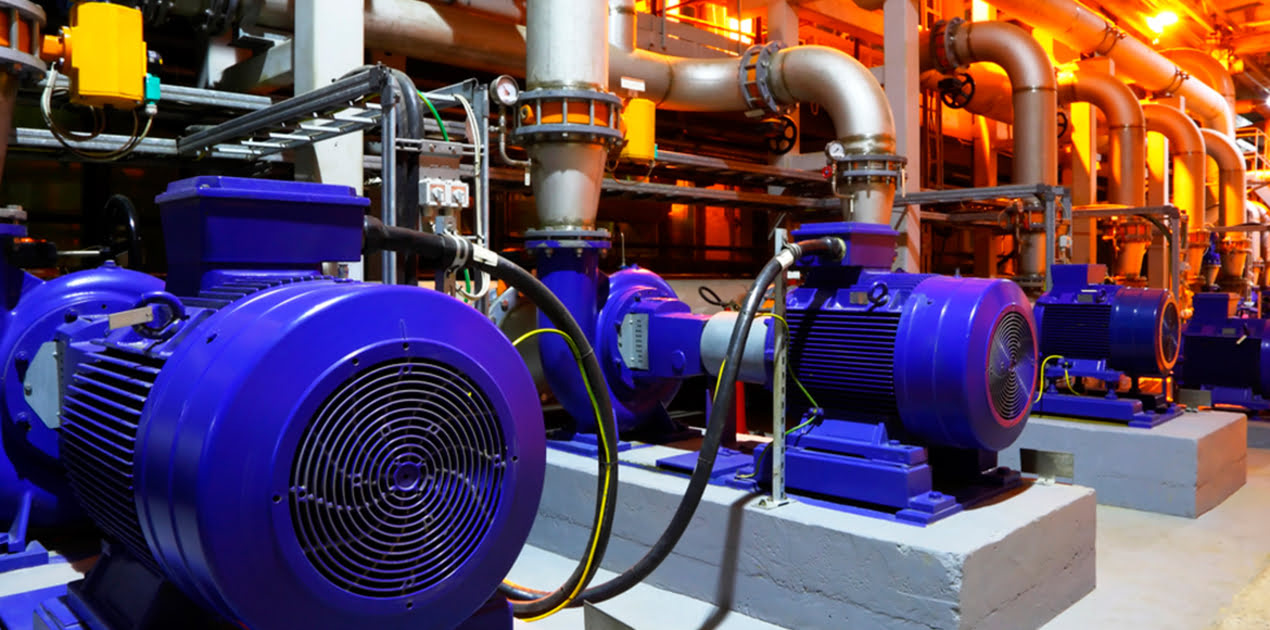
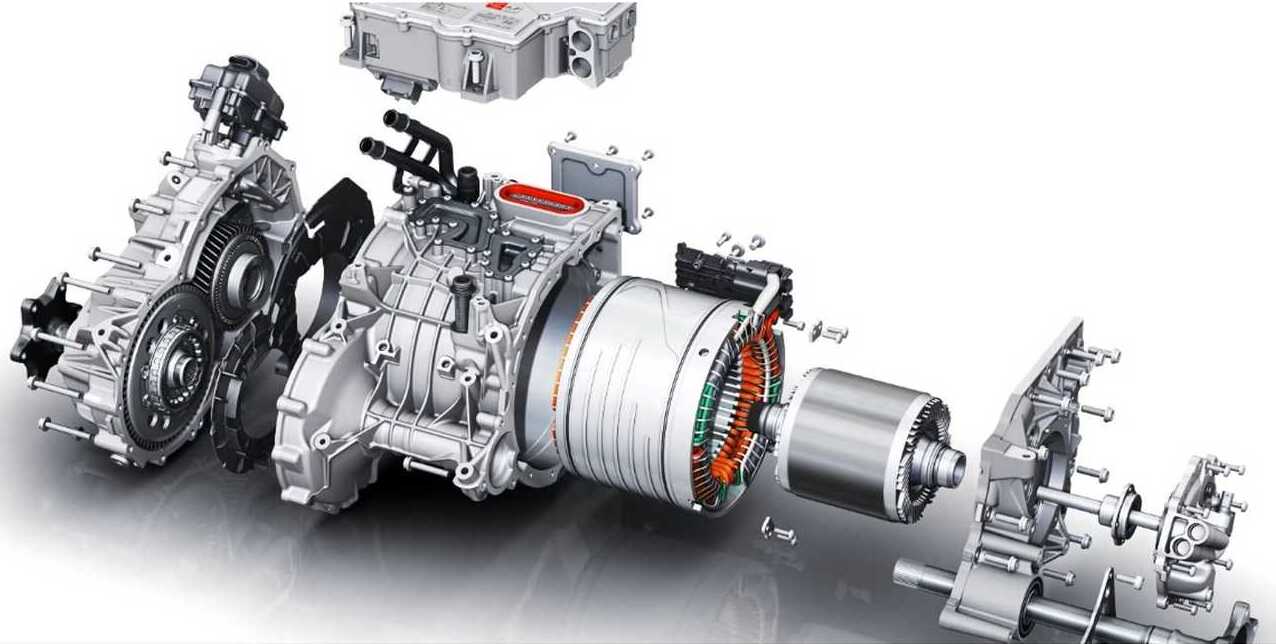
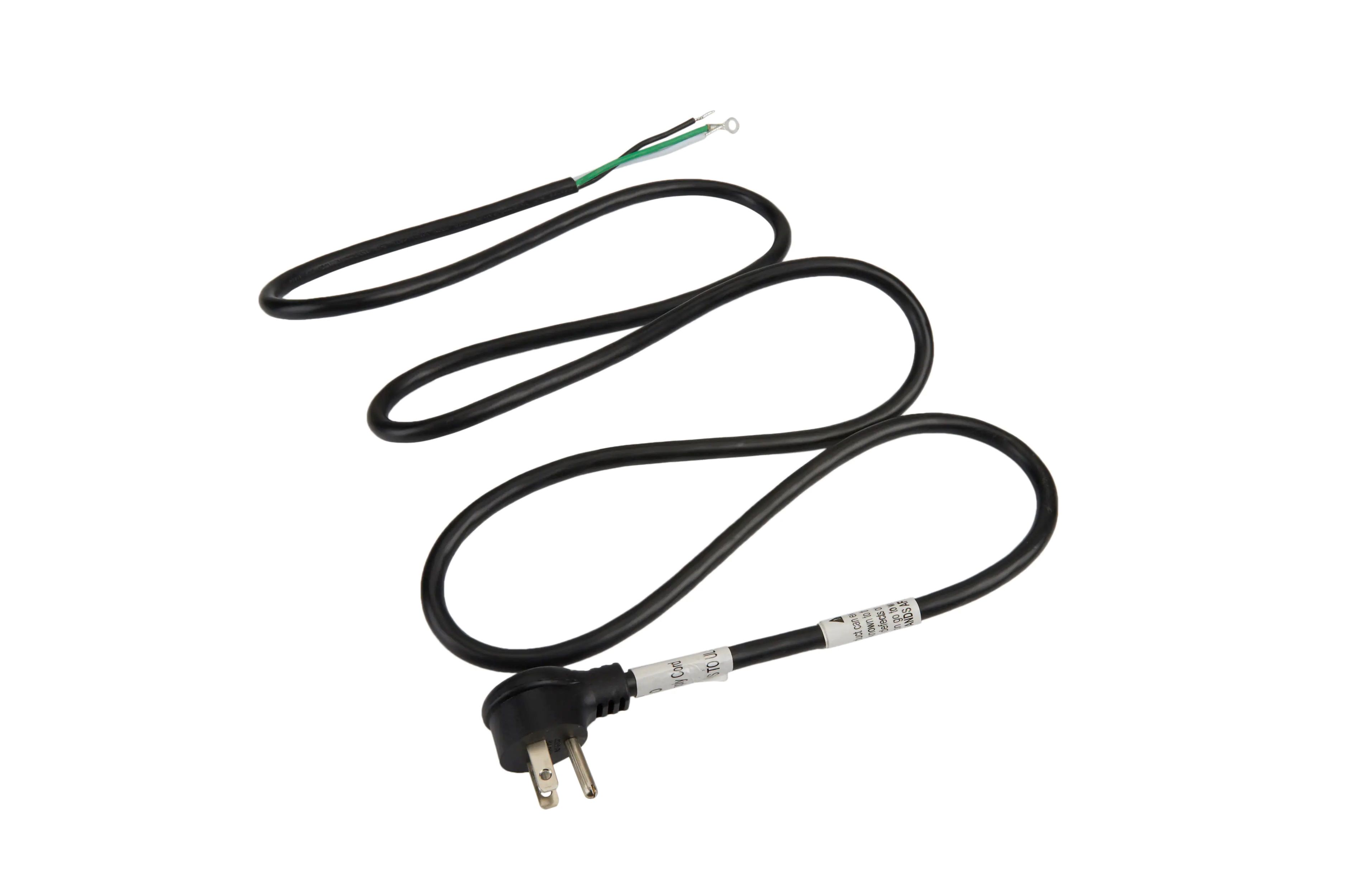
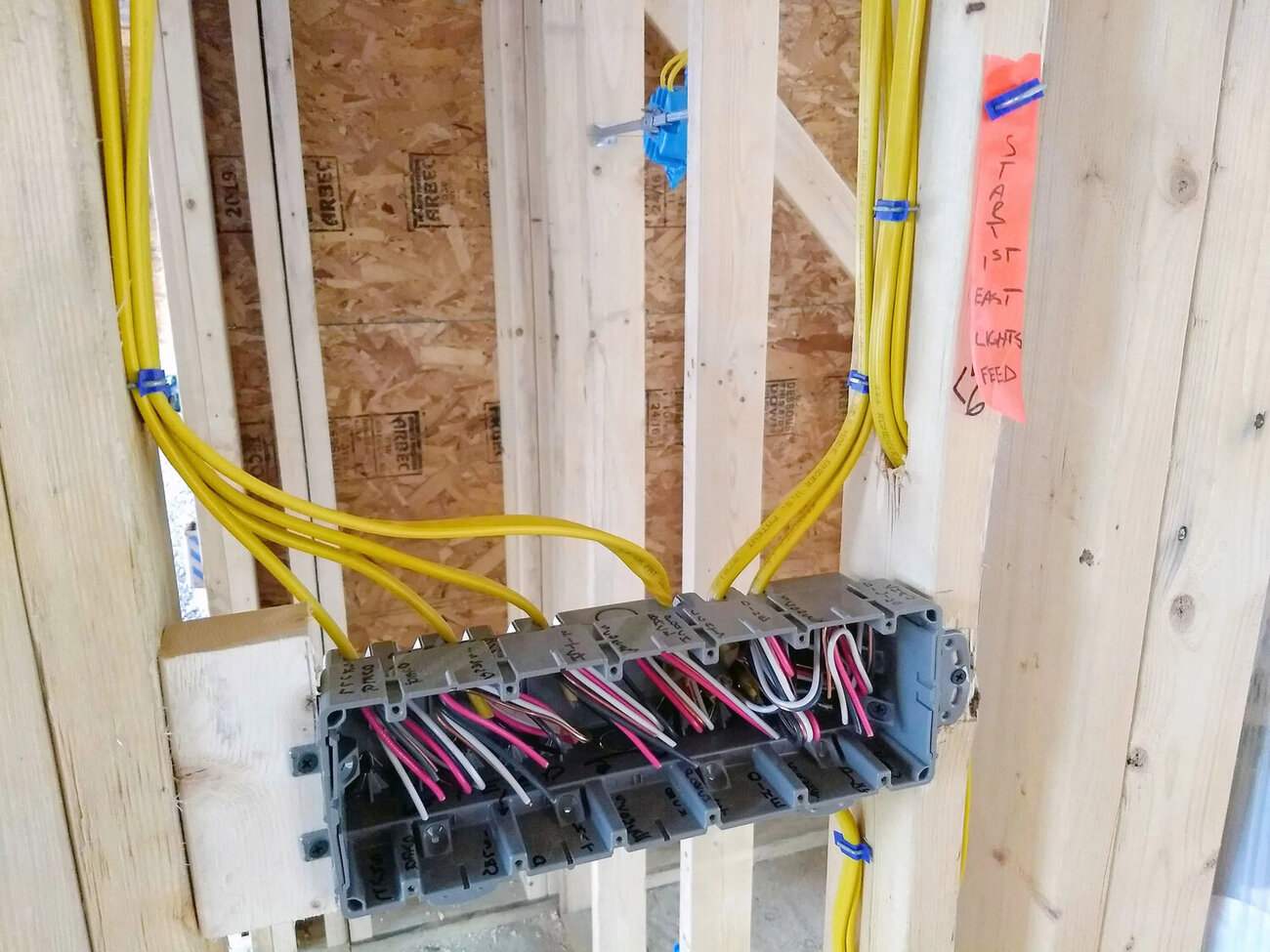
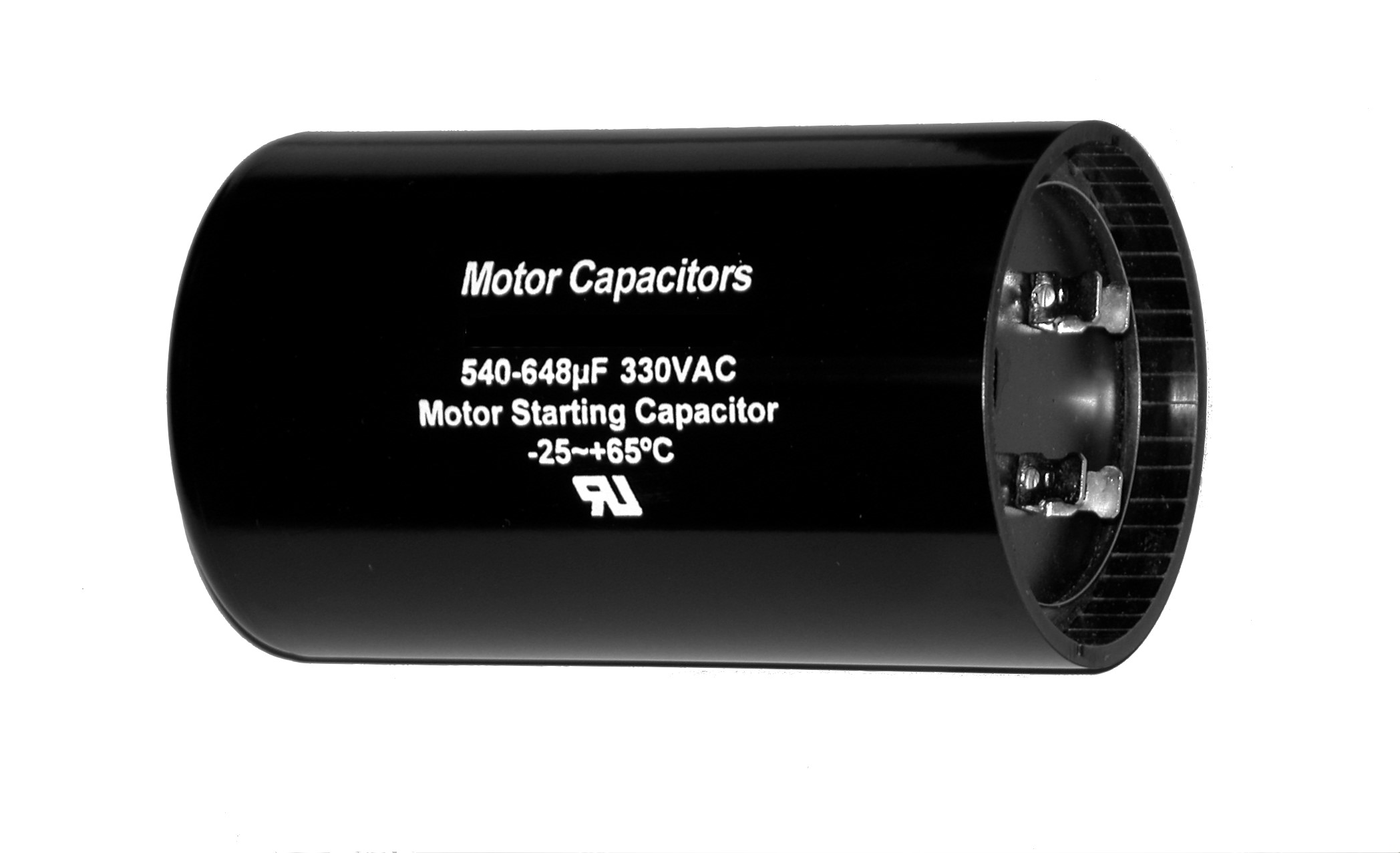
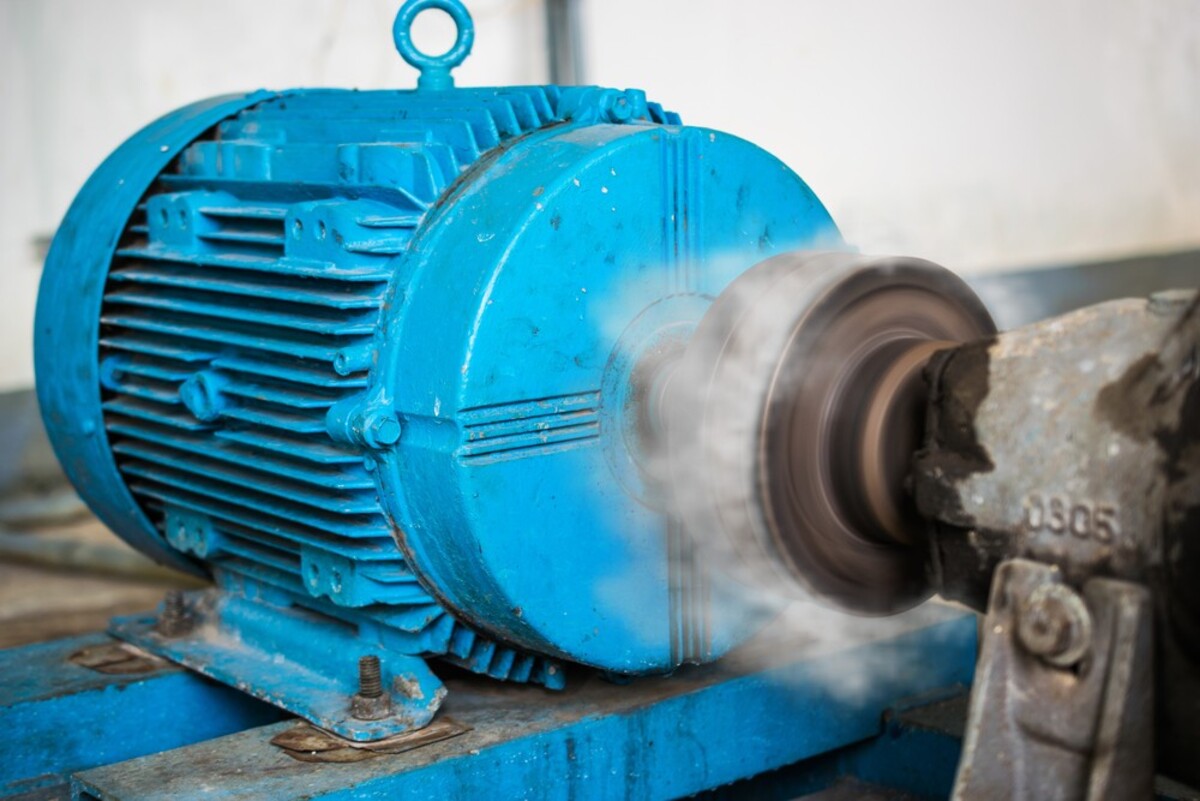

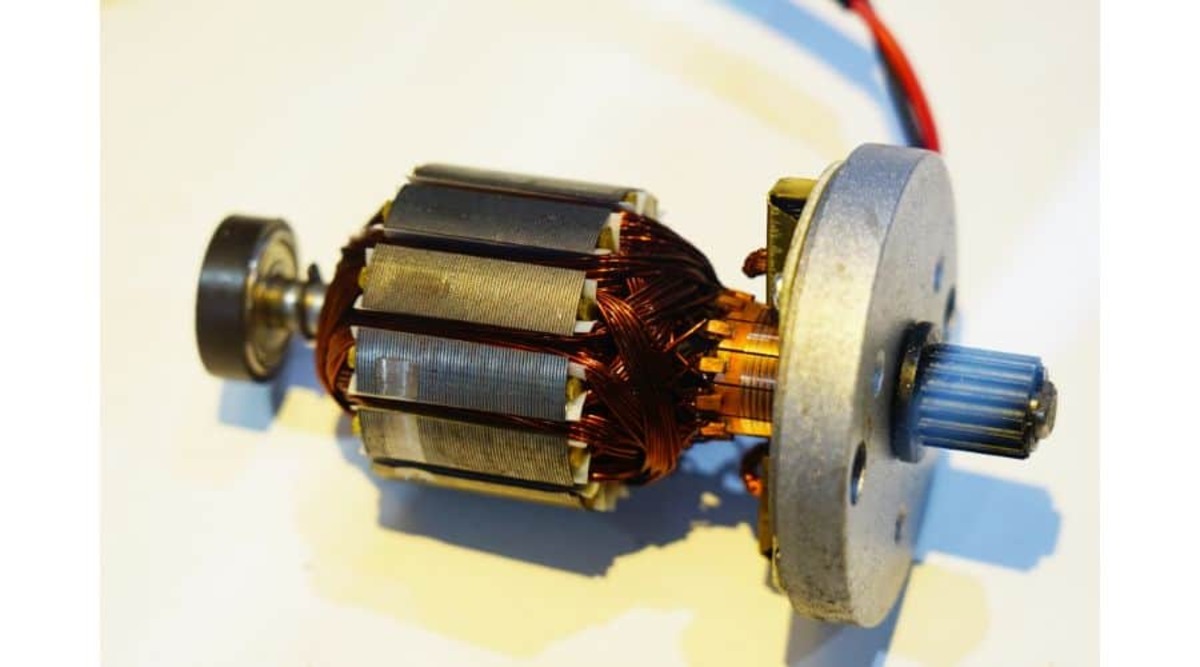
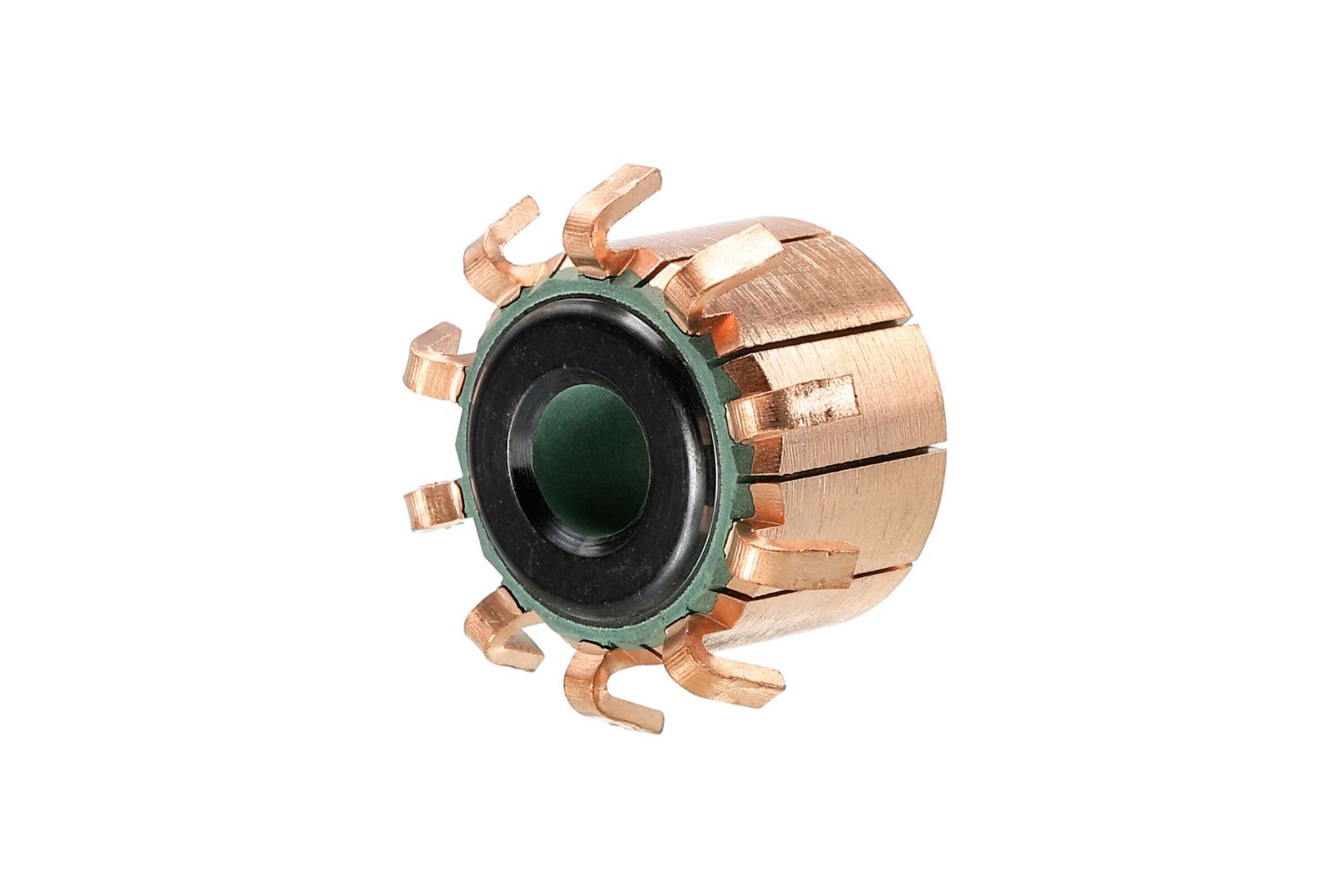
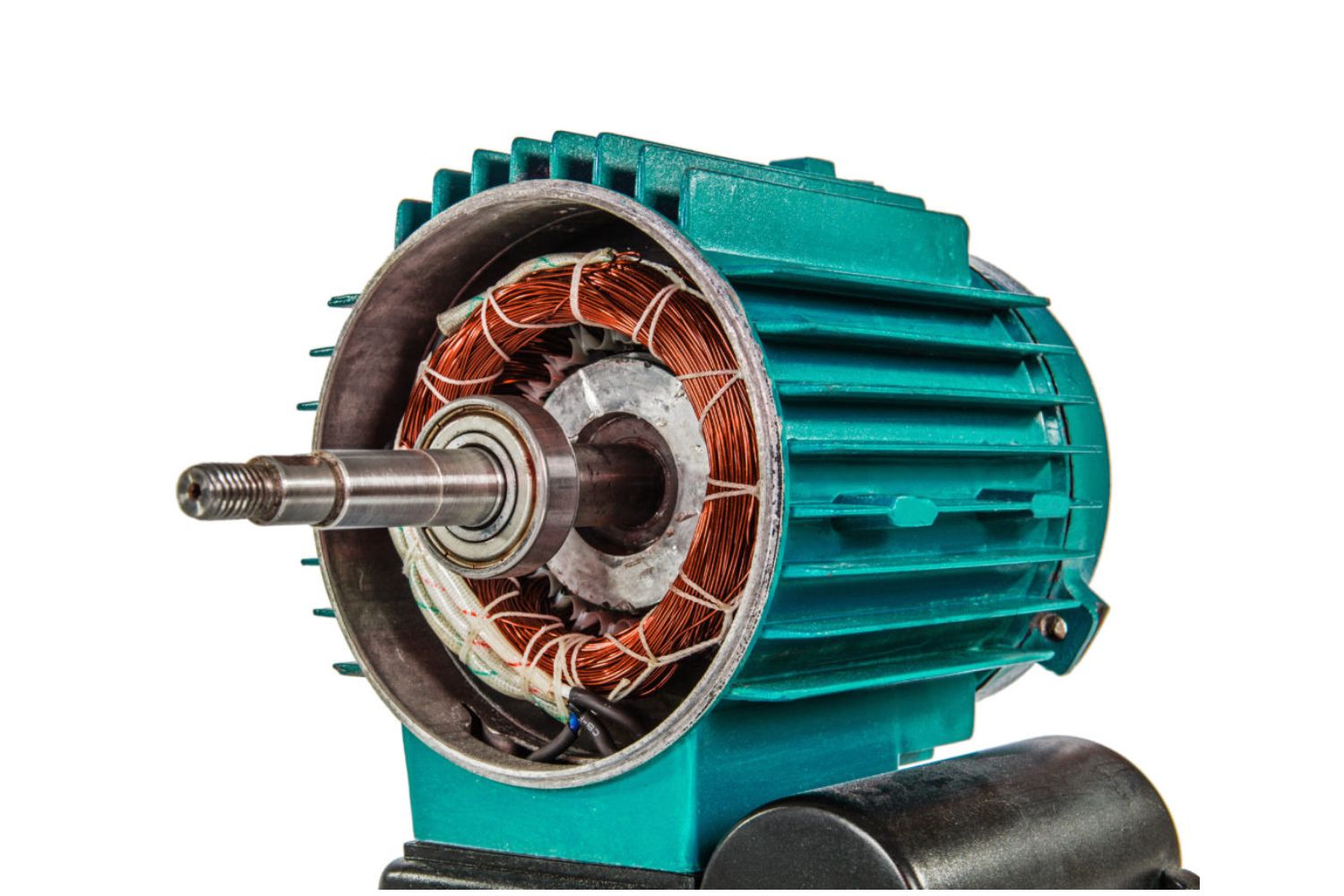
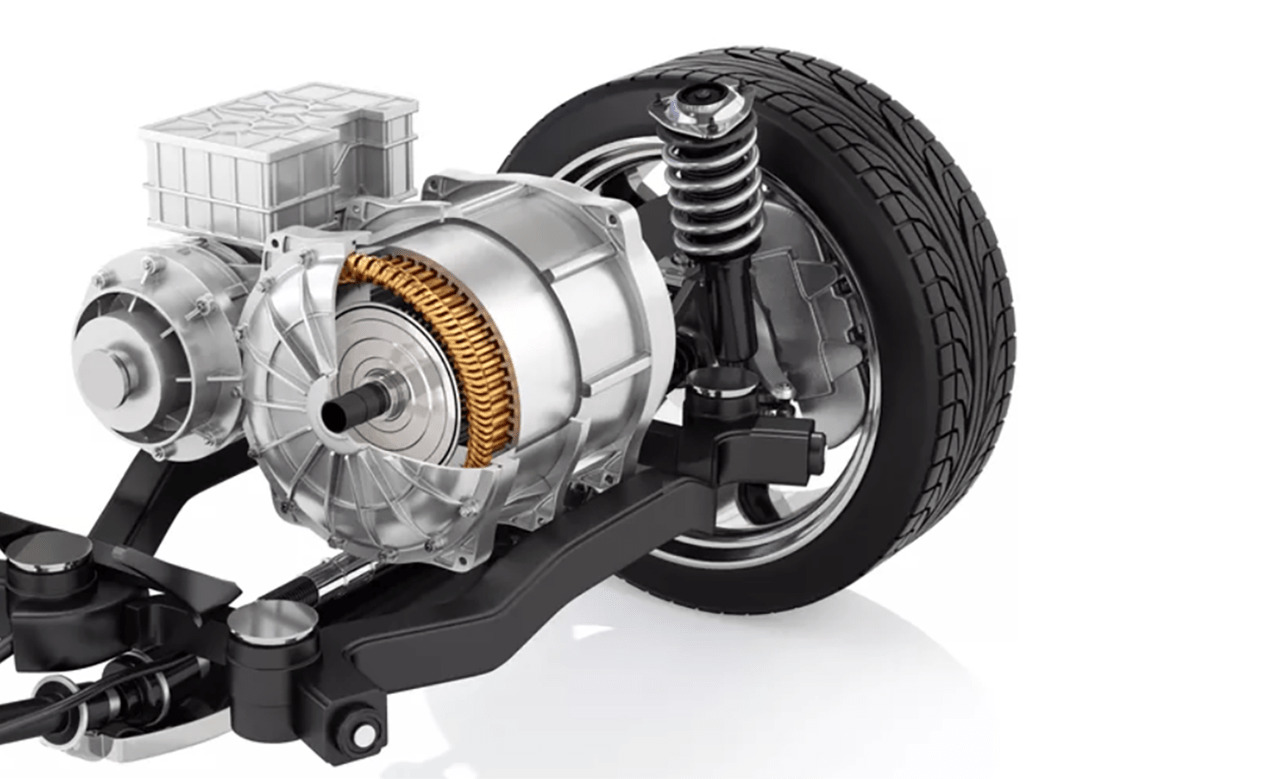

0 thoughts on “What Type Of Electric Motor Is Used For Go-Kart”